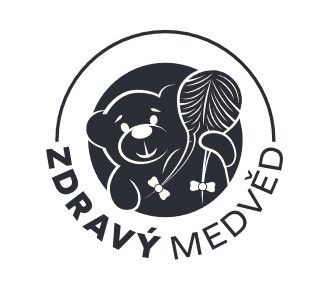Evening-primrose
Characteristics: Evening primrose (Oenothera biennis) is a plant native to North and South America that also grows throughout Europe and parts of Asia. It has yellow flowers that open at sunset and close during the day. The seed oil contains omega-6 fatty acids, including linoleic (L) and gamma-linolenic (GL) acids. Essential fatty acids are important cellular structural elements and serve as precursors of prostaglandins (local hormones involved in many functions). The body cannot produce them, so they must be supplied through the diet in relatively large quantities. Native Americans made poultices from evening primrose for bruises and wounds and used the juice from its stems and leaves as a topical medicine for skin inflammations. The leaves have been taken orally for gastrointestinal problems and sore throats. In the 17th century, evening primrose oil became a popular folk remedy in Europe, where it was known as the "king's panacea." Today, evening primrose oil supplements are being touted for the treatment of atopic dermatitis, rheumatoid arthritis, premenstrual syndrome, breast pain, menopausal symptoms, and other conditions. Evening primrose oil can also be included in products that are applied to the skin.
Part used: Seed oil, whole plant extract.
Ingredients: The seeds contain 14% oil, which may contain 50‒70% linoleic acid and 7‒10% gamma-linolenic acid. However, extensive crossing has produced a commercial variety that consistently yields an oil with 72% L acid and 9% GL. Also found were 6,9,12-octadecatrienoic acid, small amounts of oleic, palmitic, and stearic acids, steroids: campesterol and beta-sitosterol. Mucilages and tannins were analyzed in other parts of the plant. Common components of all parts of the plant are fatty acids, phenolic acids and flavonoids.
Dietary supplements: Most plant parts are edible, and their taste is mild. The roots can be eaten raw or cooked like potatoes. The leaves can be eaten raw in salads or cooked like spinach, in soups and can also be made into tea. The flowering stems can be eaten raw or fried. The buds are considered a delicacy and can be harvested from June to October. Extracted from the plant's seeds, evening primrose oil is usually sold in capsules. The supplement contains L and GL acid.
Effect: Evidence suggests that evening primrose oil may be effective in the treatment of rheumatoid arthritis, injection site skin reactions, and diabetic neuropathy, but evidence is lacking to support its effectiveness in the treatment of atopic eczema/dermatitis, menopausal vasomotor symptoms (hot flushes), mastalgia (breast pain) or multiple sclerosis. In one study, evening primrose oil combined with vitamin D improved glycemic and lipid profiles in women with gestational diabetes. The Anishinaabe tribes brew the whole plant and especially the leaves as a tea, which they use as an energy stimulant and to facilitate weight loss. These tribes also use the roots as a poultice to treat skin ulcers.
Recommended Daily Dose: Evening primrose oil has been administered orally in clinical studies at doses between 1 and 8 g/day in adults and 2 and 4 g/day in children. A typical GL content in the oil is 8‒10%. As a nutritional supplement, the maximum recommended daily dose of evening primrose oil is approximately 4 g with a content of 300‒360 mg GL.
Adverse effects: Evening primrose oil is generally well tolerated. The most common side effects are temporary gastrointestinal symptoms such as abdominal pain, feeling full, or nausea.
Interactions: Evening primrose may reduce the effect of lithium (a medication used to treat bipolar affective disorder). Conversely, it can increase the effect of lopinavir (a drug used to treat HIV).
Pregnancy: Due to lack of information, use is not recommended.
Breastfeeding: Due to a lack of information, use is not recommended, although L and GL acids are normally present in breast milk.
Caution: Do not take evening primrose if you have a bleeding disorder, as taking it orally may increase the risk of bleeding. If you are planning to have surgery, stop taking evening primrose two weeks in advance. Use is also not recommended in patients with epilepsy or schizophrenia, as the risk of seizures may increase.
Toxicity: No toxicity, carcinogenicity or teratogenicity has been reported.
Evening-primrose
Chat with us on WhatsApp



